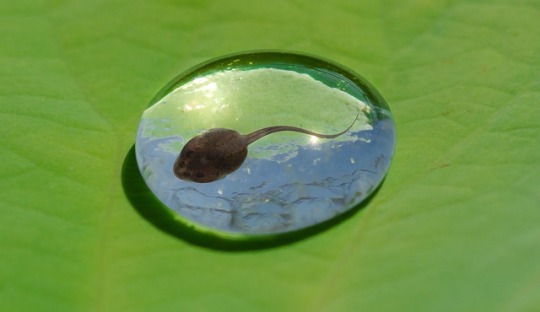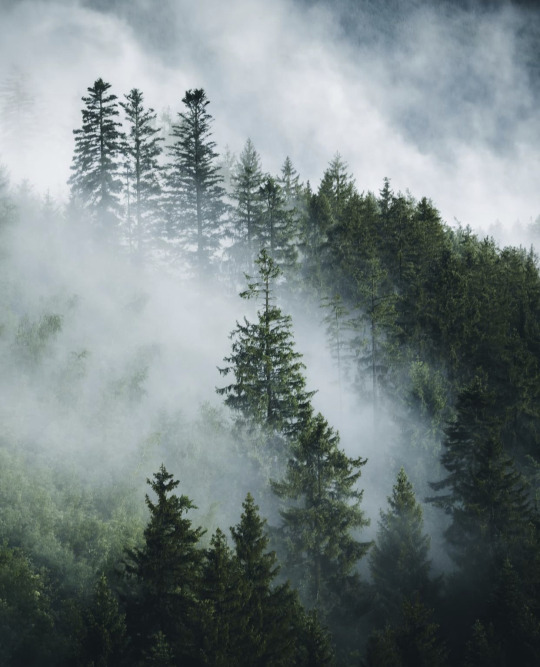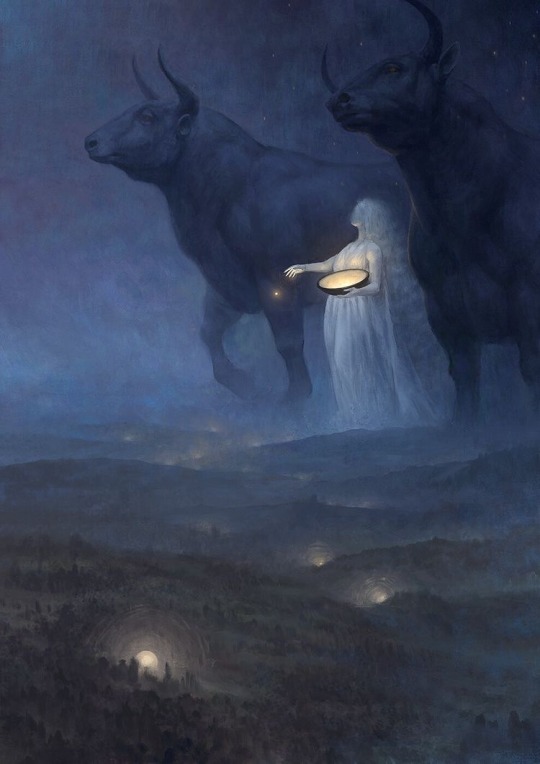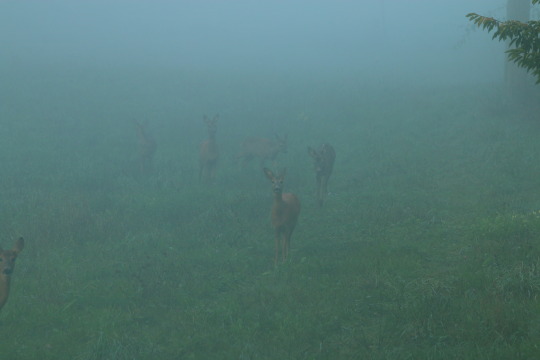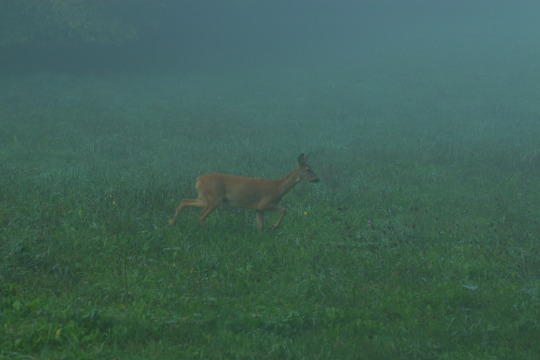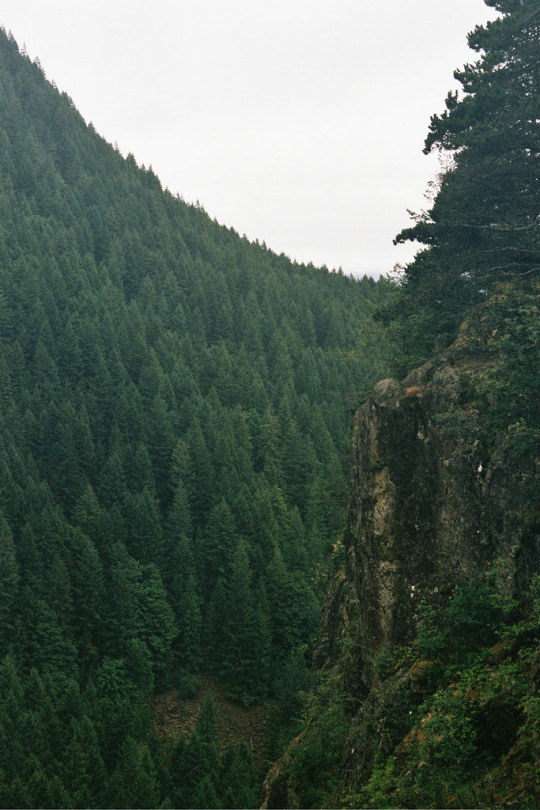Text
fireflies lighting up a rural Pennsylvania field at dusk
213K notes
·
View notes
Text
wish i was one of those women in vintage pulp horror art. tits out, drinking blood, bats around me, some scary castle in the background...
5K notes
·
View notes
Text
Wish I was a late bronze age girl
I would have my homeland invaded by the sea peoples. I would be lain siege to by the sea peoples. My cities would be sacked by the sea peoples. I would make bronze tools and pottery. My shores would be invaded by the mysterious sea peoples. I would be mustering my armies to fend off the sea peoples.
852 notes
·
View notes
Text
We should also consider if the inhabitants of the mega-sites consciously managed their ecosystem to avoid large-scale deforestation... Archaeological studies of their economy suggest a pattern of small-scale gardening, often taking place within the bounds of the settlement, combined with the keeping of livestock, cultivation of orchards, and a wide spectrum of hunting and foraging activities. The diversity is actually remarkable, as is its sustainability. As well as wheat, barley, and pulses, the citizens' plant diet included apples, pears, cherries, sloes, acorns, hazelnuts and apricots. Mega-site dwellers were hunters of red deer, roe deer, and wild boar as well as farmers and foresters. It was 'play farming' on a grand scale: an urban populous supporting itself through small-scale cultivation and herding, combined with an extraordinary array of wild foods.
This way of life was by no means 'simple'. As well as managing orchards, gardens, livestock and woodlands, the inhabitants of these cities imported salt in bulk from springs in the eastern Carpathians and the Black Sea littoral. Flint extraction by the ton took place in the Dniestr valley, furnishing material for tools. A household potting industry flourished, its products considered among the finest ceramics of the prehistoric world; and regular supplies of copper flowed in from the Balkans. There is no firm consensus from archaeologists about what sort of social arrangements all this required, but most would agree the logistical challenges were daunting. A surplus was definitely produced, and with it ample potential for some to seize control of the stocks and supplies, to lord it over others or battle for the spoils; but over the eight centuries we find little evidence for warfare or the rise of social elites.
a description of talianki (located in modern day ukraine), a neolithic site from 5,700 years ago (inhabited from roughly 4100 to 3300 bc) from the dawn of everything by davids: graeber and wengrow
once again this book is fantastic - and one of its main theses is that "the agricultural revolution" and some of the conclusions we draw from it are, largely, not true.
the development of farming in human societies is a much much longer and more "playful" process than popular narratives would have us believe. 'agricultural revolution' suggests an on/off switch almost. and the way it's usually taught sees agriculture being "invented" and then spreading like wildfire to take over the globe - only then allowing for true cities and the "necessary evils" they entail. this simply isn't true. an urban, farming society is not automatically doomed to bureaucracy, inequality, and exploitation.
all across the world the archaeological evidence points to the domestication of plants taking literal thousands of years longer than it "ought to." and then, even when the domestication of a wild plant was complete there isn't an immediate rise of huge fields and class stratification (as the popular narrative goes). again - in the magnitude of multiple thousands of years. we have generations upon generations of humans with farming know-how who don't immediately begin a march of politics and inequality precipitated by farming.
agriculture isn't humanity's curse no matter what the memes and capitalists say. we are not doomed to our current ways - we can imagine, we can build, we can create new ways of being. the past is the present is the past. and fuck you capitalism and doomed "human nature" debates. and read the dawn of everything <3
196 notes
·
View notes
Text

man even the dnd class online personality test is telling me to move to a monastery
47 notes
·
View notes
Text


Pommel in the form of a Scythian Goddess (Artimpasa?) from Alexandropol Kurgan 4th C. BCE
"The misspelling 'Argimpasa' can be easily explained as a banal mistake of the scribe, who wrote G instead of T. The Iranian Goddess Arti, considered a patron of fertility and marriage (Nyberg 1938: 66, 262; Abayev 1962: 449), was also worshipped by the Sogdians, closely affiliated with the Scythians, as 'rtωγ', *Art(i)vax, Good Arti (Abayev 1962: 450). Nyberg (1938: 254) regarded Artimpasa as basically a fertility Goddess, while Vasmer (1923: 12) emphasized her ethical role as the guardian of laws.
-Yulia Ustinova, The Supreme Gods of the Bosporan Kingdom : Celestial Aphrodite and the Most High God, page 76
33 notes
·
View notes

